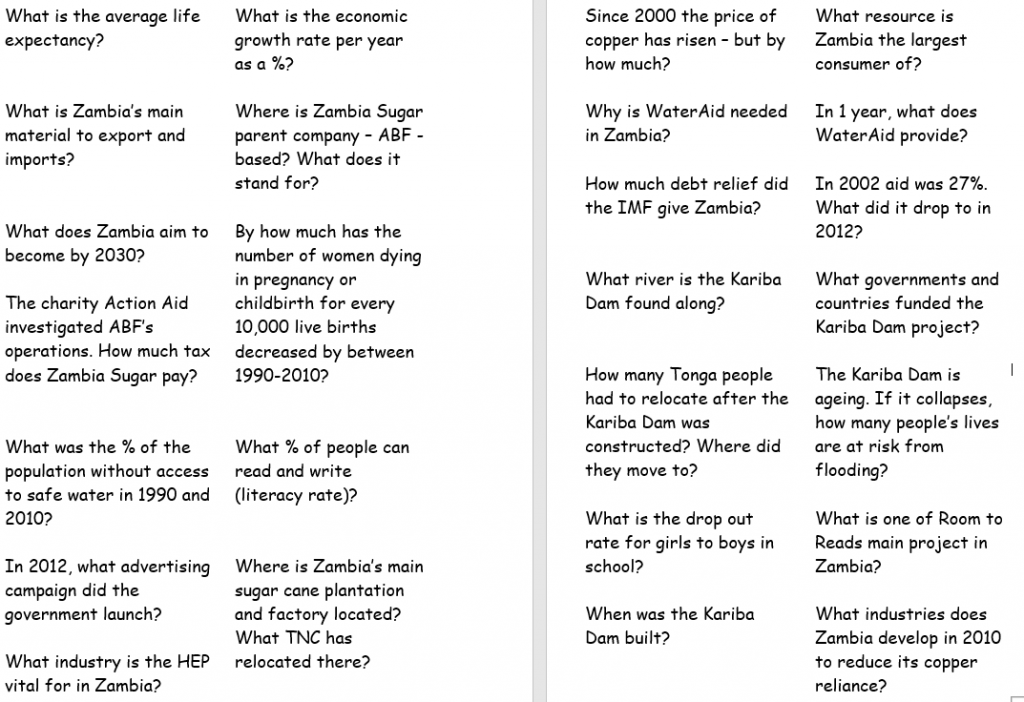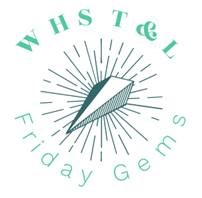Teaching and learning Gem #40 – Quiz Quiz Trade
This comes from Jess in our Geography department, who shared the idea in a WHS TeachMeet last year. It’s great for getting students out of their seats and learning from each other. Now that restrictions have been lifted, embrace the freedom and see if this idea could be adapted for your subject.
Jess writes:
What is Quiz Quiz Trade?
- The teacher gives each student a question and the pupil writes the answer on the other side. Alternatively, the pupil can write their own question.
- Once this has been completed the students pair up and they then ask each other their question (Quiz Quiz).
- Once the questions have been answered correctly, the pupils then swap questions (Trade), find a new partner to repeat the process.

Neurodiversity considerations for this activity from Isabelle and Catherine
1. Allow and encourage a pause before students answer…this is not about speed!
2. This sort of activity might be trickier for autistic students. Allow students to hold up/show the question rather than ask it, and allow answers to be written on mini whiteboards. Alternatively they might prefer to sit this out and answer the questions on paper individually.
You can use Quiz Quiz Trade at any point in a lesson:
For example:
- Before introducing new material to tap into prior knowledge
- After a unit to review terms/case study material/languages vocab/maths symbols and equations
- Before pupils begin a written task, such as an essay to gather ideas or understand processes
Quiz Quiz Trade is good in the classroom because:
- It is brilliant for retrieval practice, strengthening memory by recalling information from long term memory and putting it in their working memory.
- Students are working with peers and building confidence: It encourages co-operative learning and engagement.
- It is based on low stakes quizzing, allowing students to get things wrong and get immediate feedback from their peers in a non-threatening way.
Examples of how Jess used this activity:
When I did it, I used it as revision for case study material. This then fed into some case study exam questions to consolidate their learning. Exampled below.


